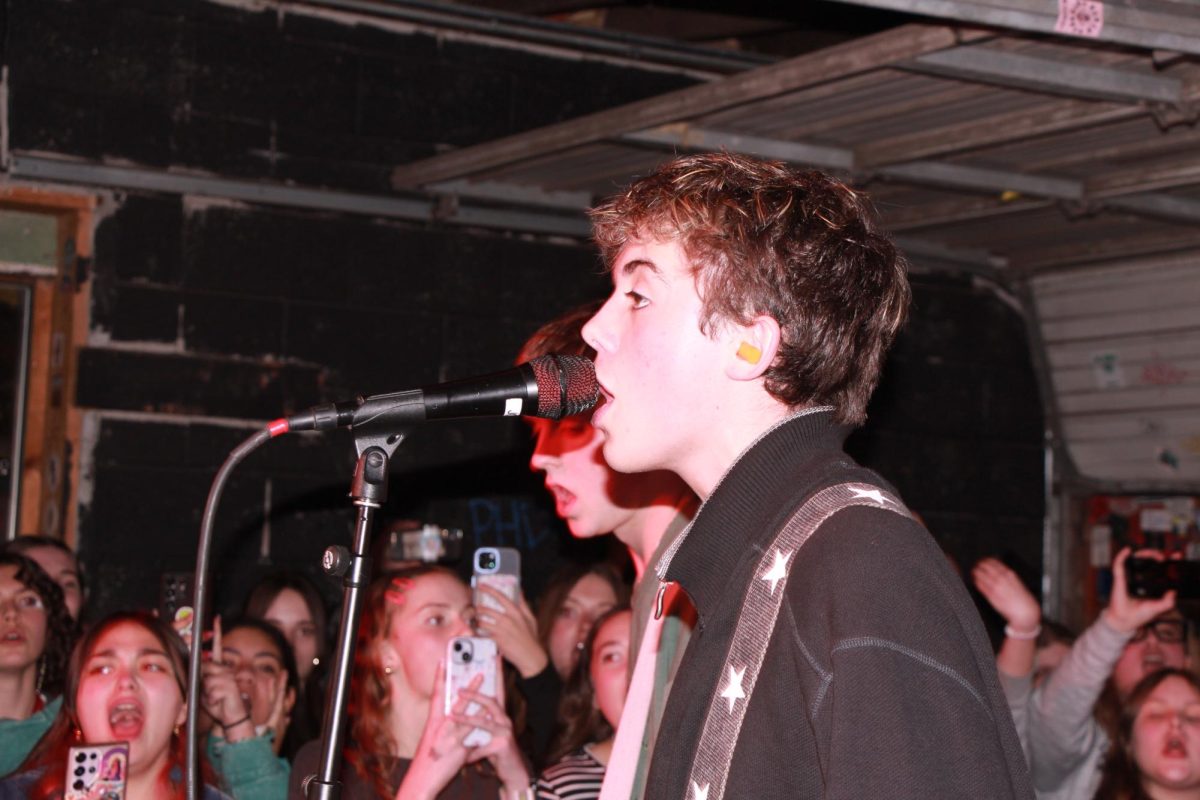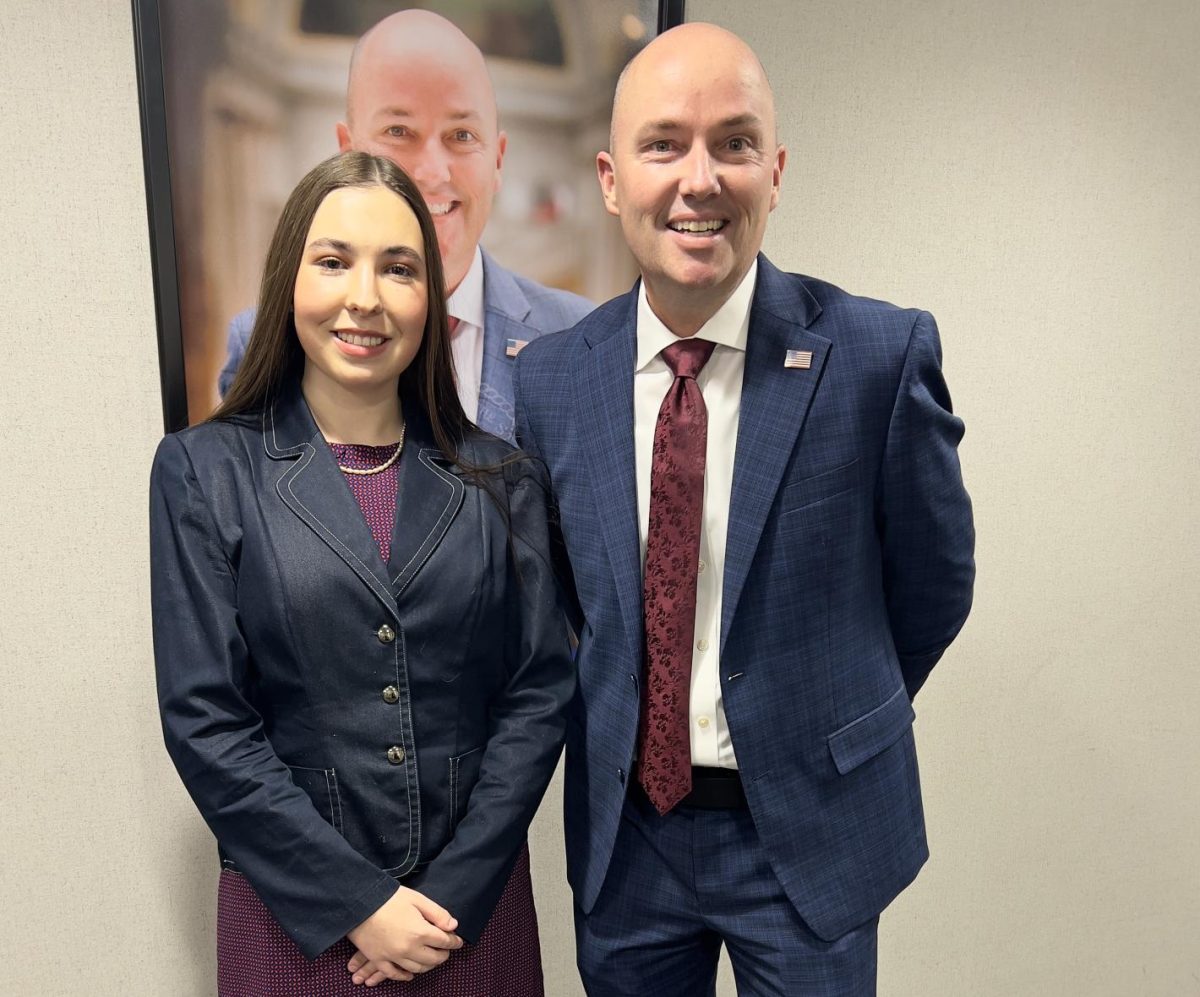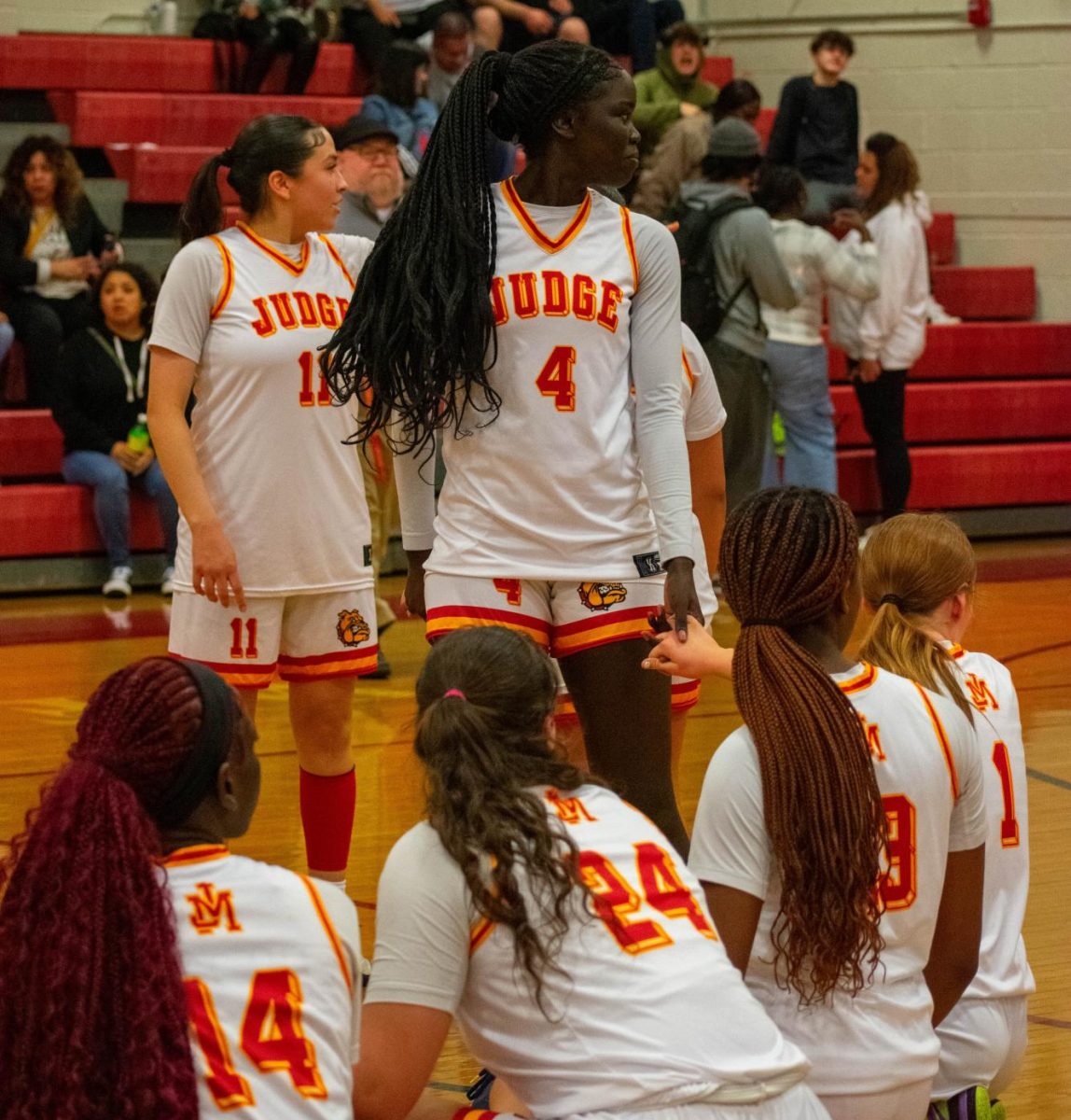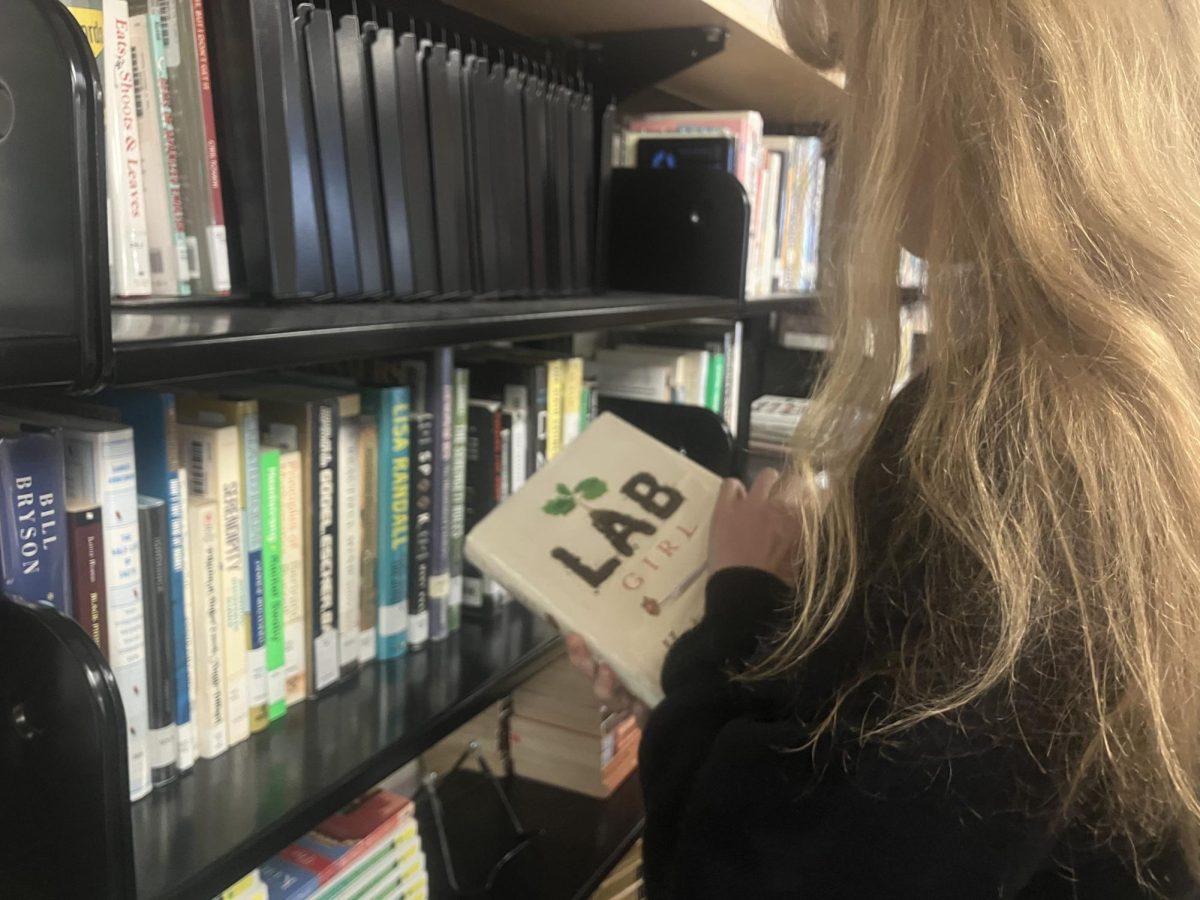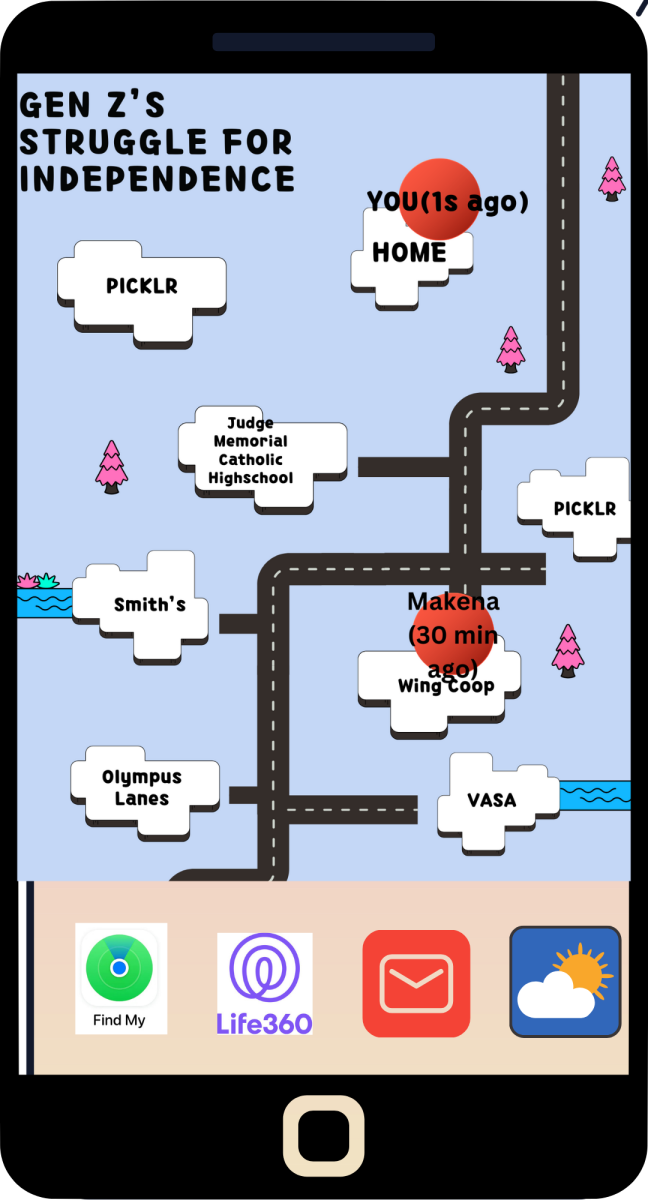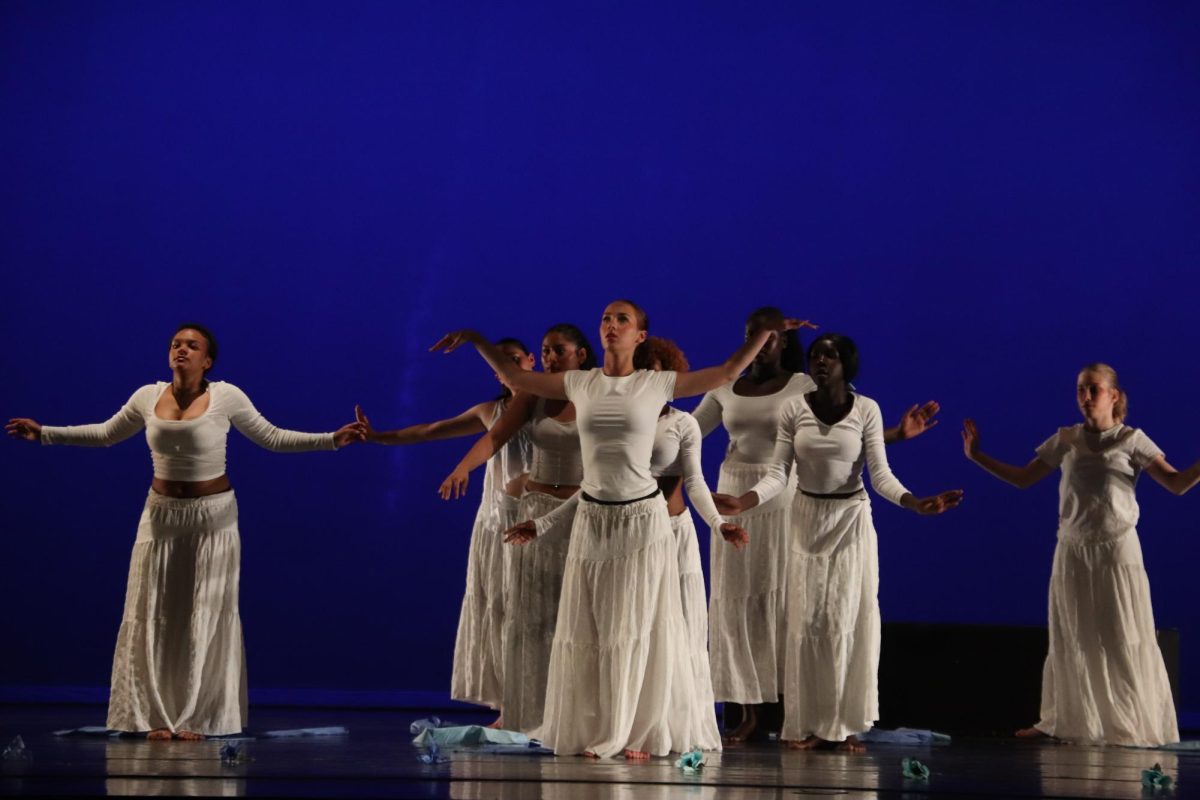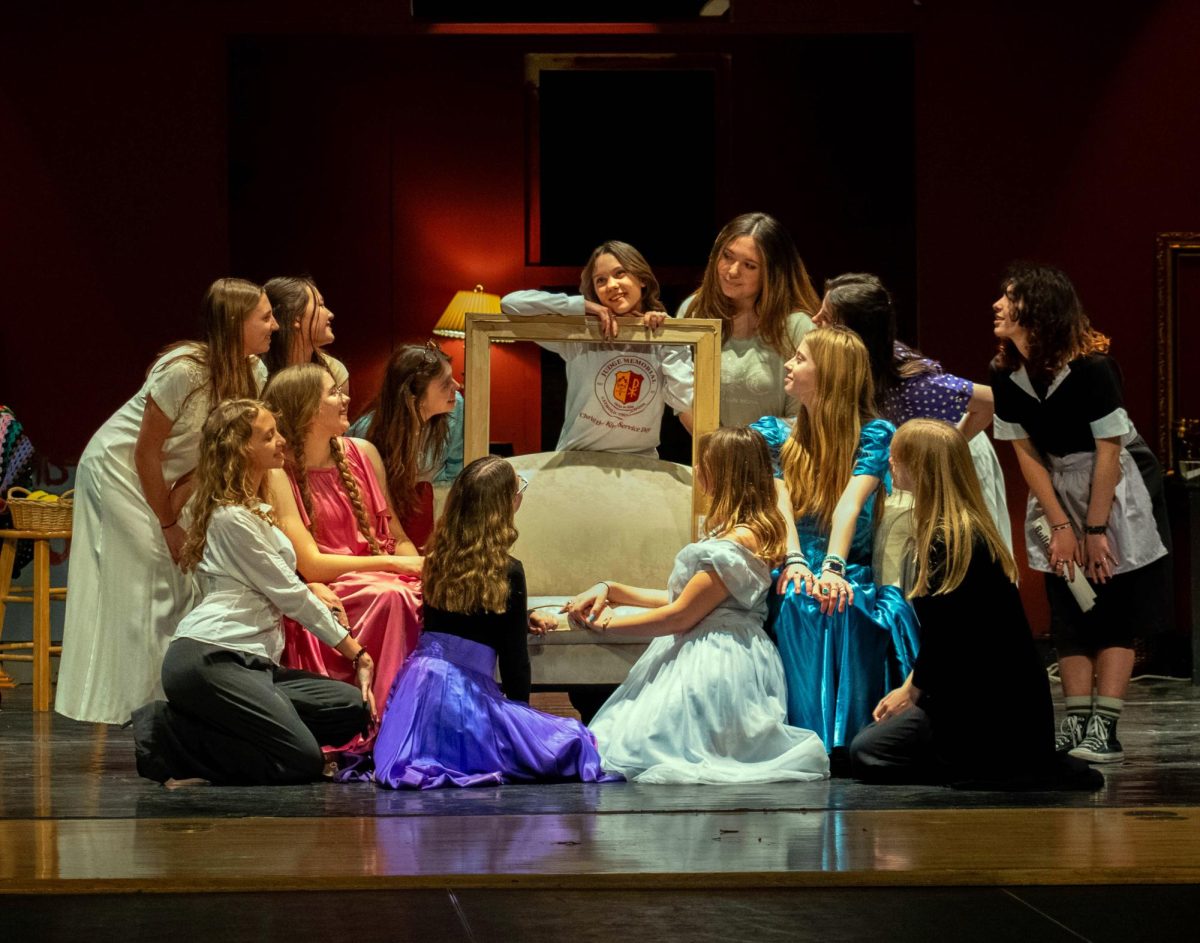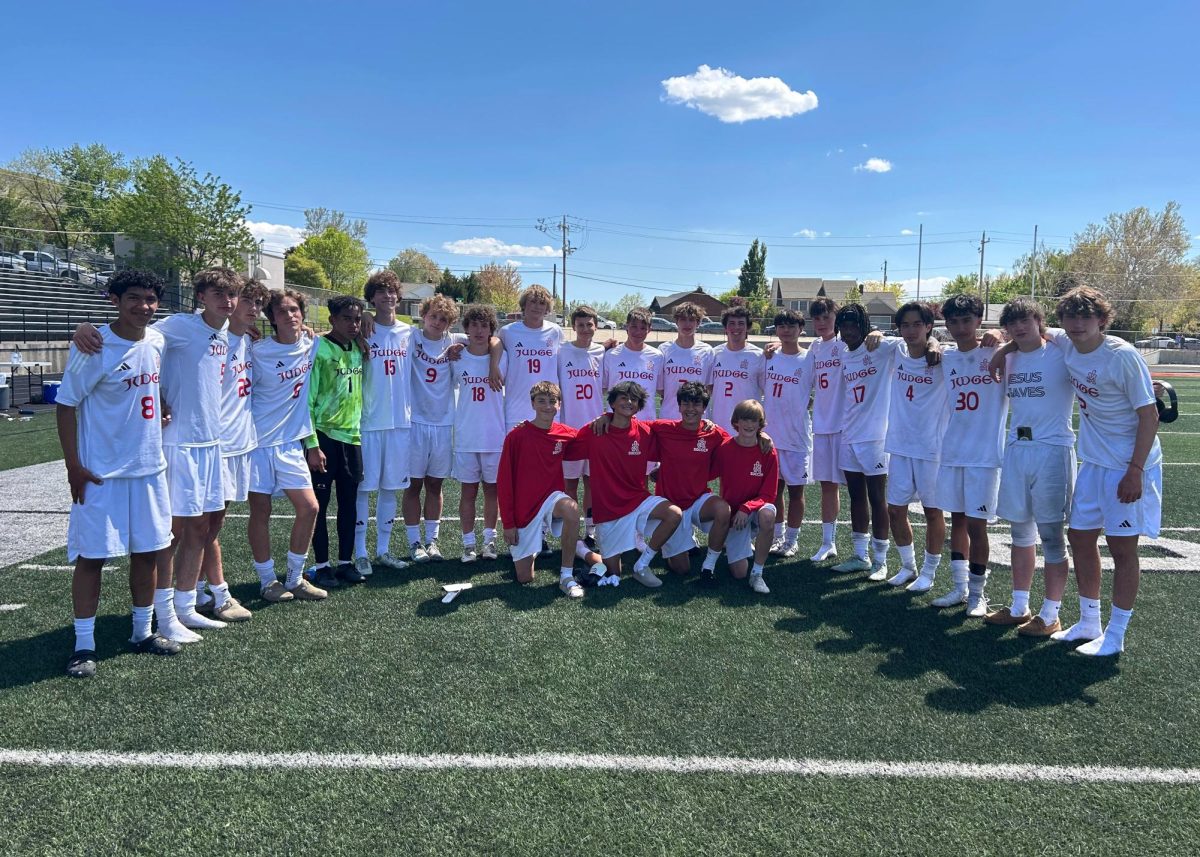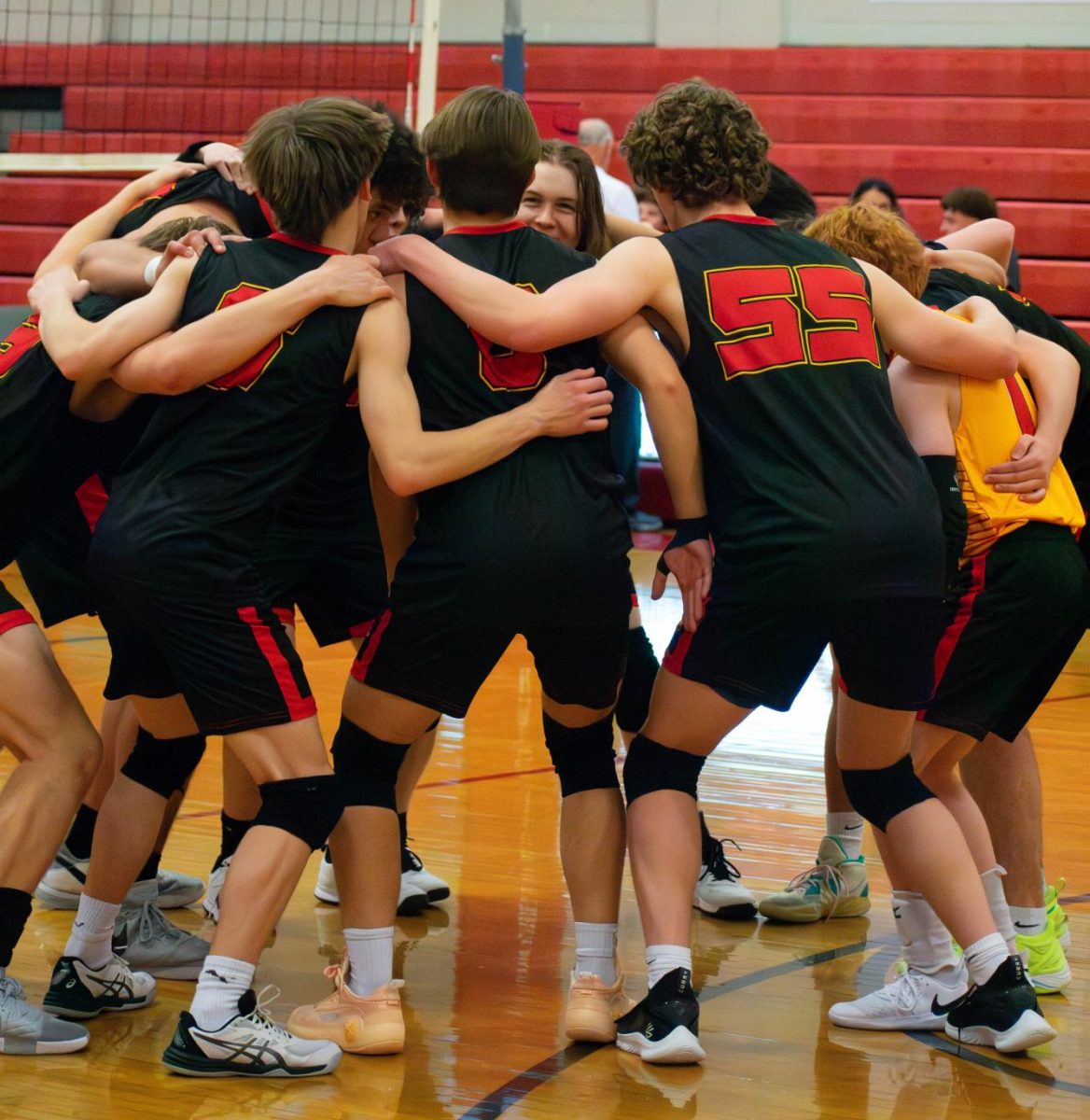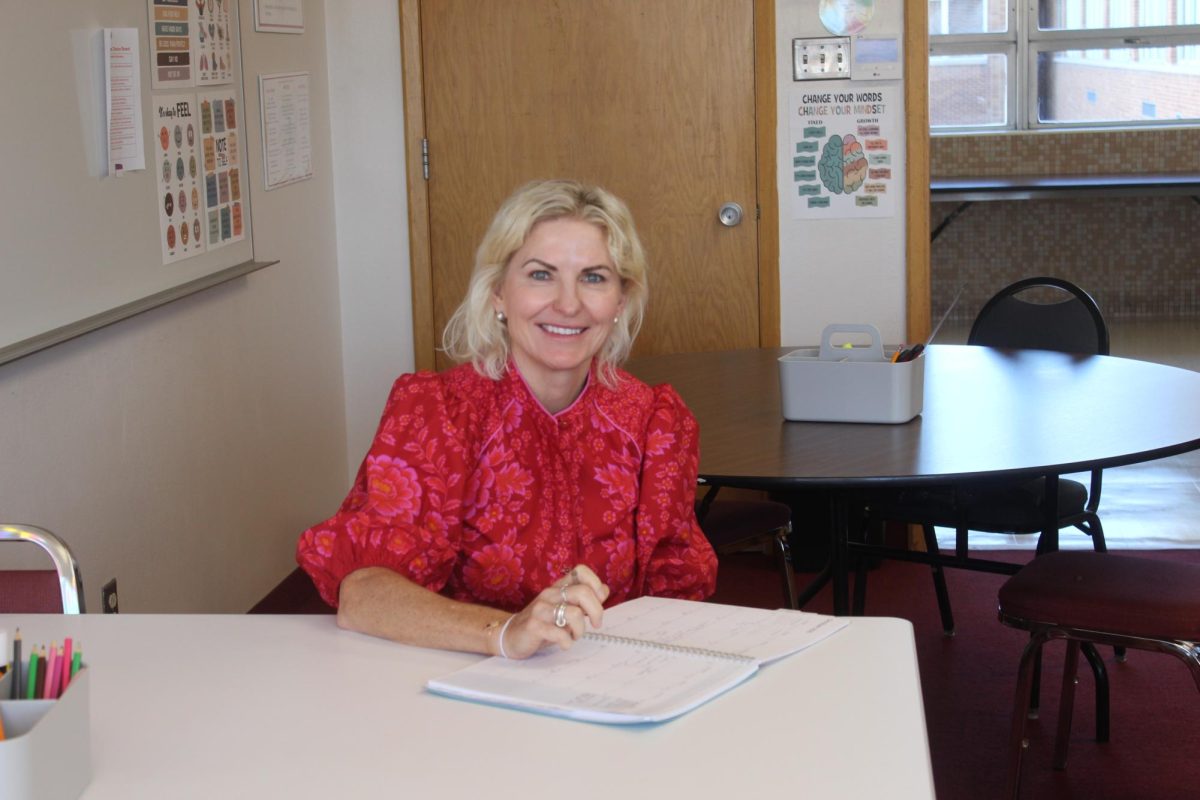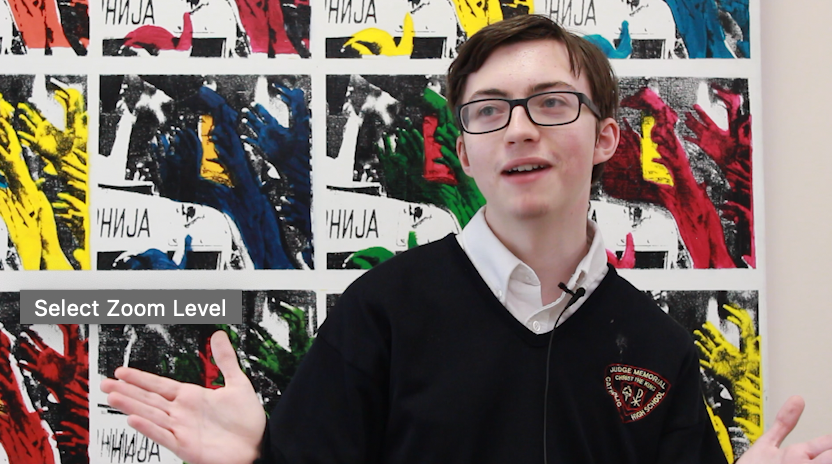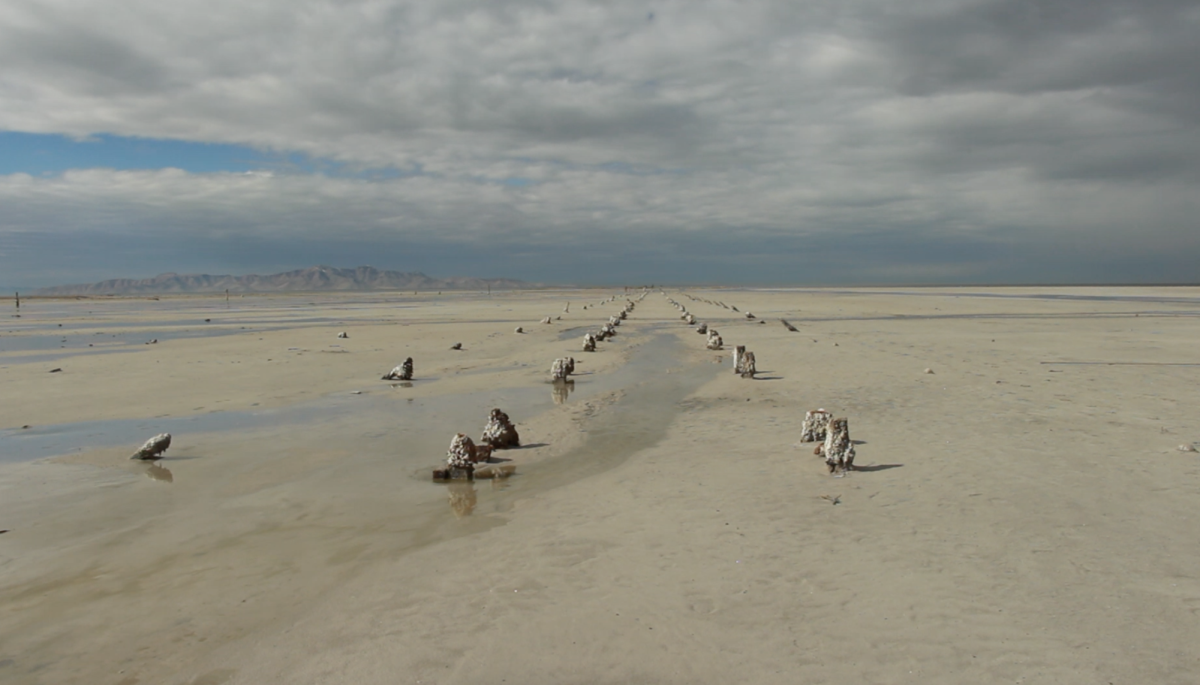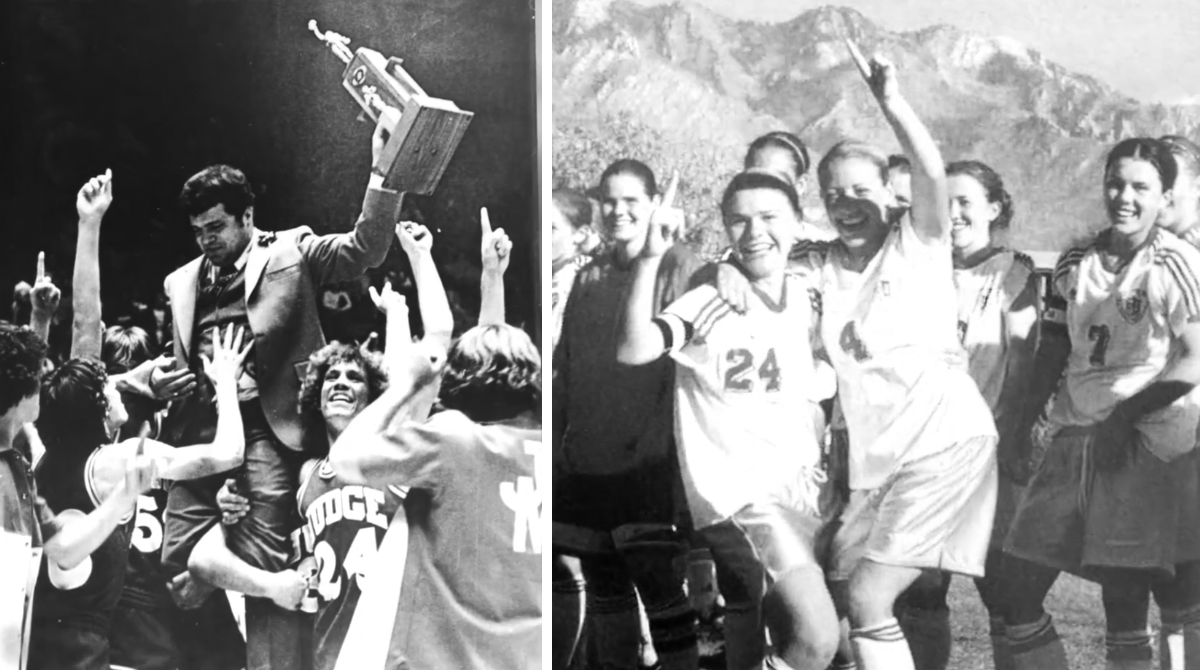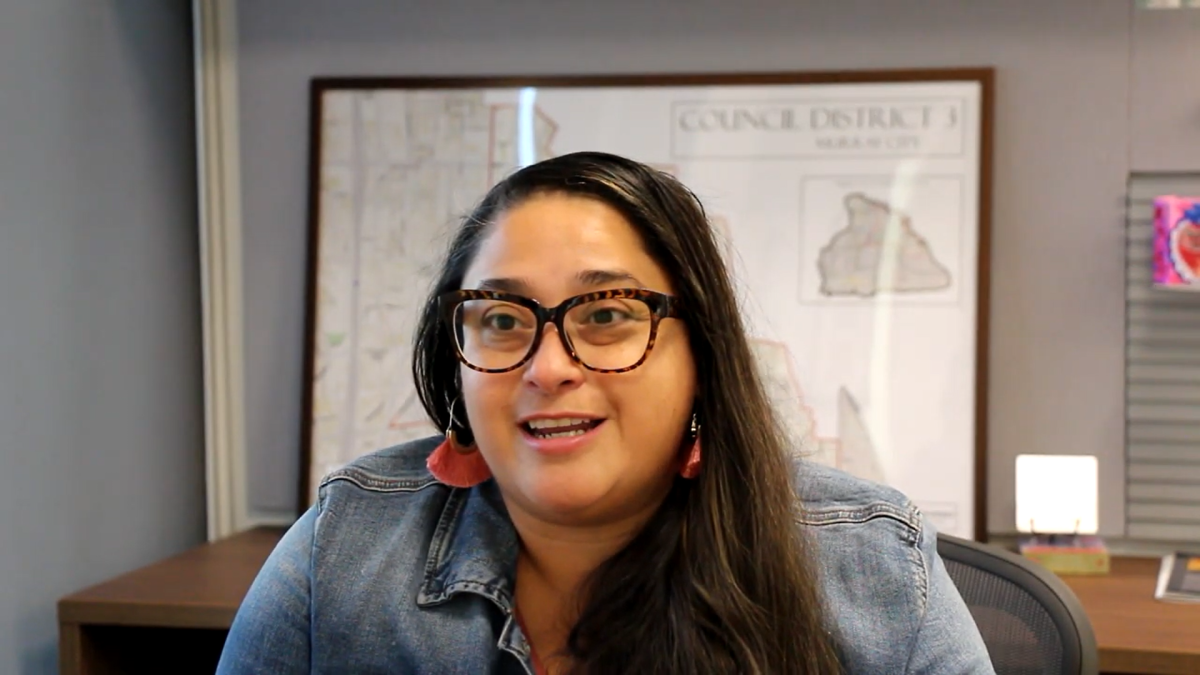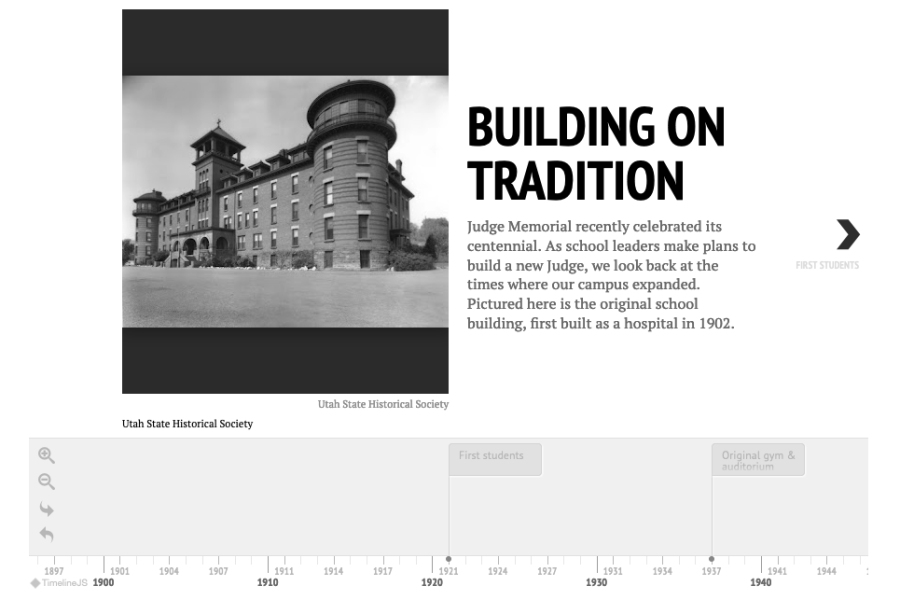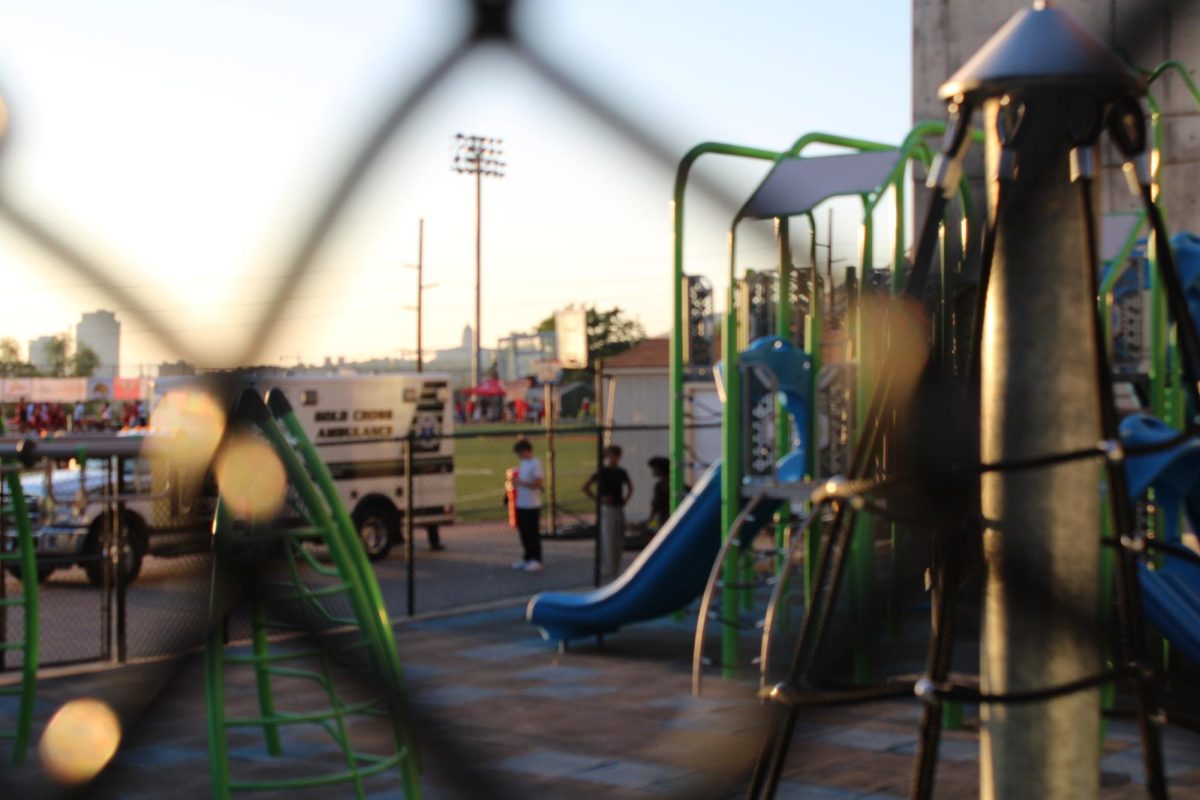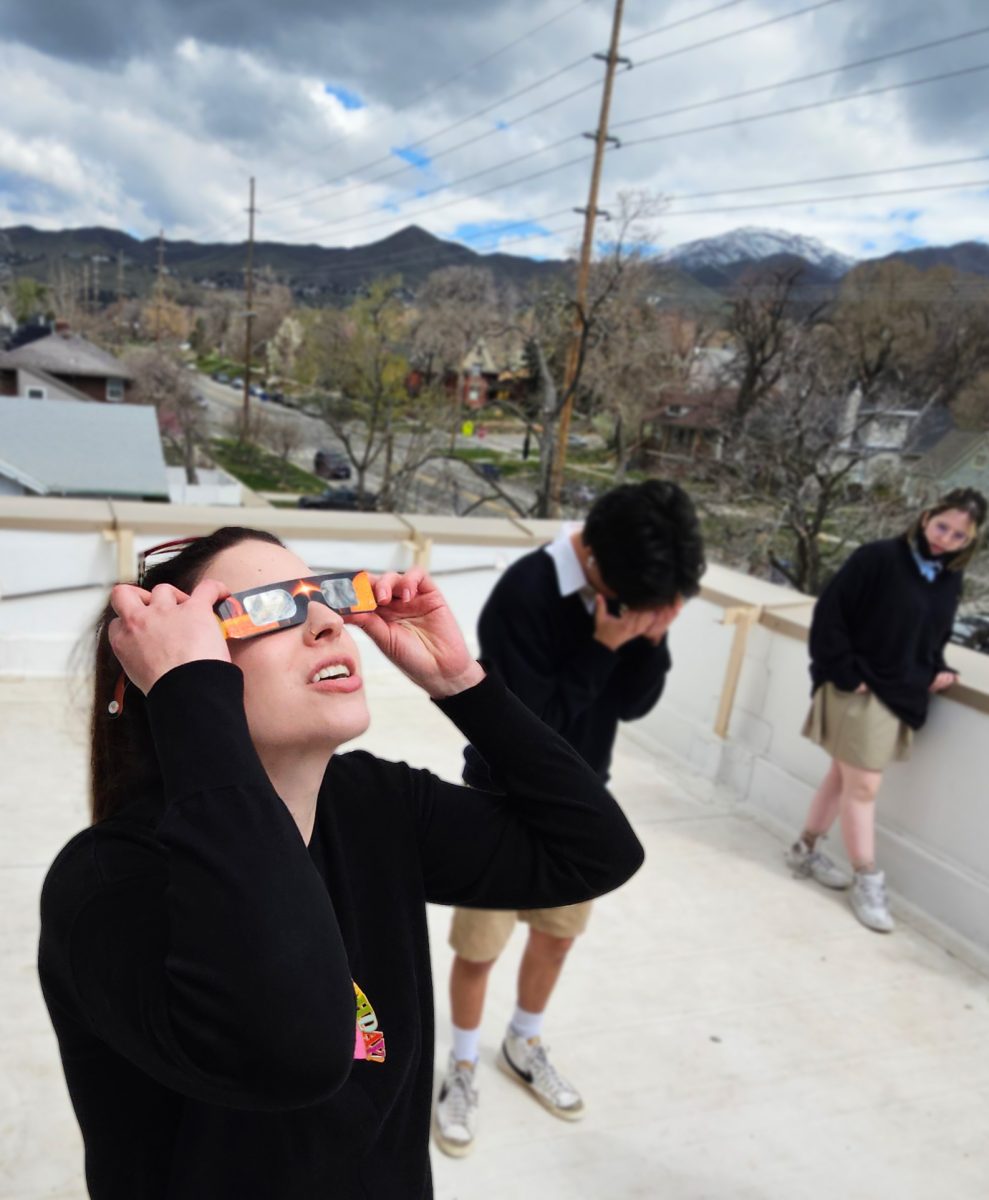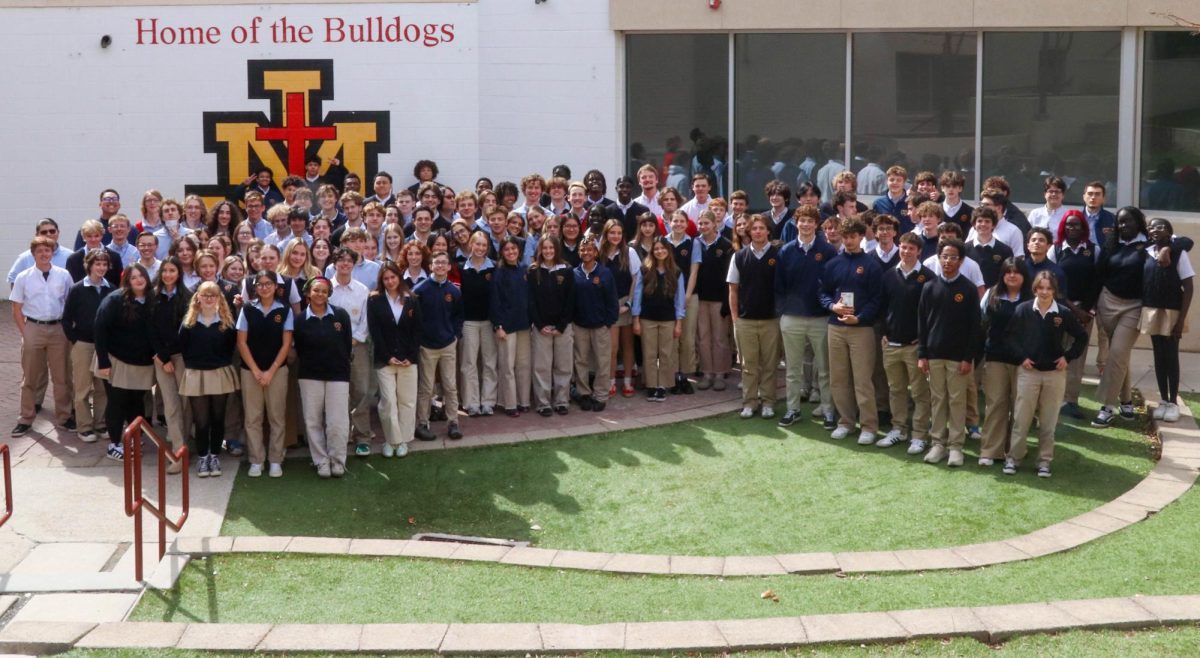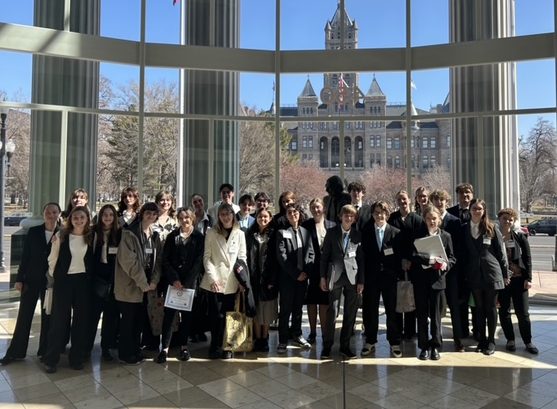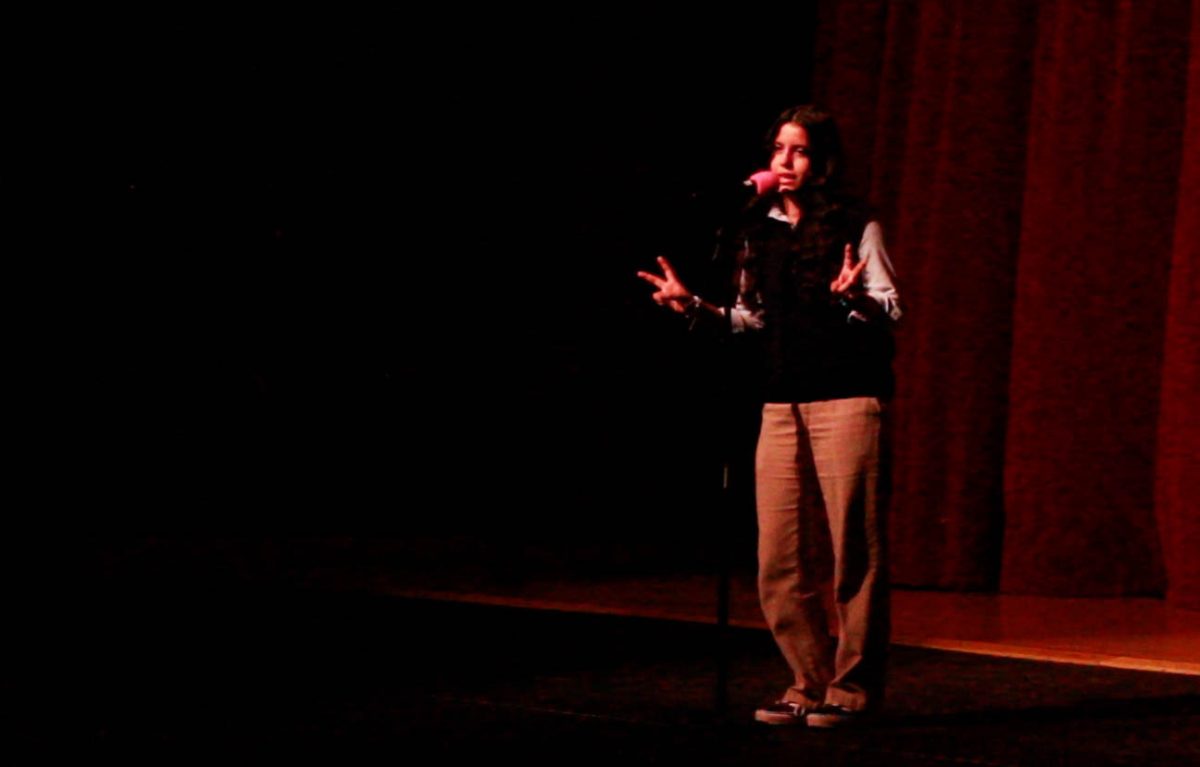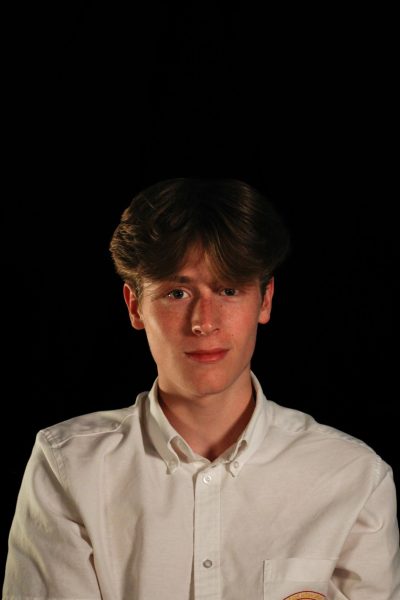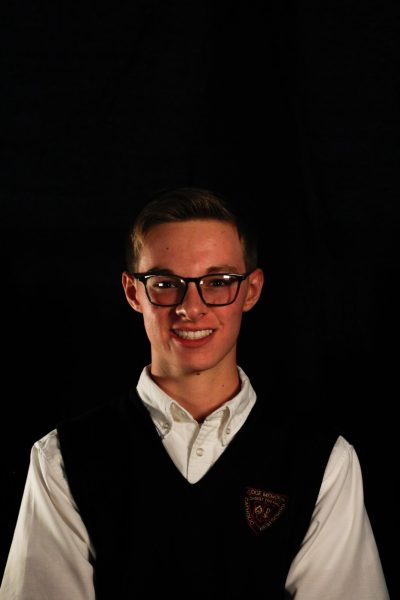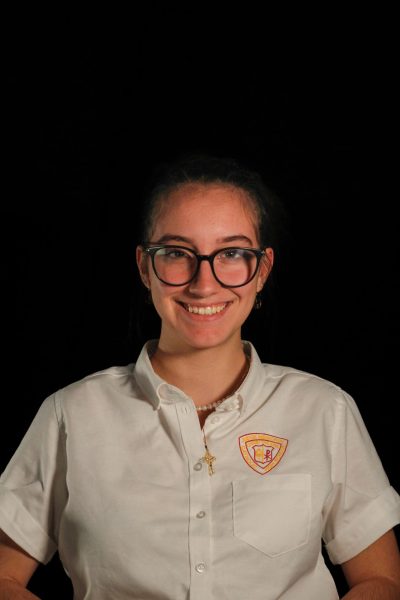Even though it was only a partial eclipse on April 8, a lot of students and teachers found the time to watch it during school.
Special glasses were passed between faculty and students alike in front of Judge and even on the roof. One pair was brought from a freshman, another pair was found in a teacher’s car, and more pairs were property of Principal Patrick Lambert.
Principal Lambert had some glasses left over from the last time the school viewed an eclipse in 2017. They are designed to be thousands of times darker than normal sunglasses, as viewing an eclipse without these modified glasses is extremely damaging to eyes. These glasses were in high demand as through the lenses students and faculty took turns viewing a solar eclipse.
“I saved my glasses from the annular eclipse of October 2023,” Ms. Lisa Jackson said. “I ordered a set of 10 for that eclipse. My husband and daughter drove to Texas to see totality and left three pairs for me.”
In Salt Lake City the eclipse only covered 48.4% of the sun, with its maximum coverage occurring at 12:30 pm – right around lunchtime for the Judge community. People could see more of it farther east. For example, those southeast in Blanding saw 60% totality.
Dr. Sloan, who also brought a pair of glasses, used a pasta colander held up to the sun to see the same shadow-morphing phenomenon.
Not only did Judge students and faculty experience the eclipse with glasses and colanders, but one class led by astronomy teacher Dr. Dasch Houdeshel poked round holes in pieces of paper and held them to see how the shadow changed in the presence of the eclipse.
“The eclipse is important for students to experience,” Dasch said, “because it is one of our most visible pieces of evidence that one can experience, without any tools, that show that we are a tiny piece in a much bigger cosmos. The fact that the sun can cast a shadow that nearly covers a continent is one of the easiest ways to perceive the size of our solar system.”
“I think that it was important for students to see an eclipse because first of all, it’s cool. And second, it might spark a student to go into astronomy,” Jackson said. “But mostly – it’s cool.”


